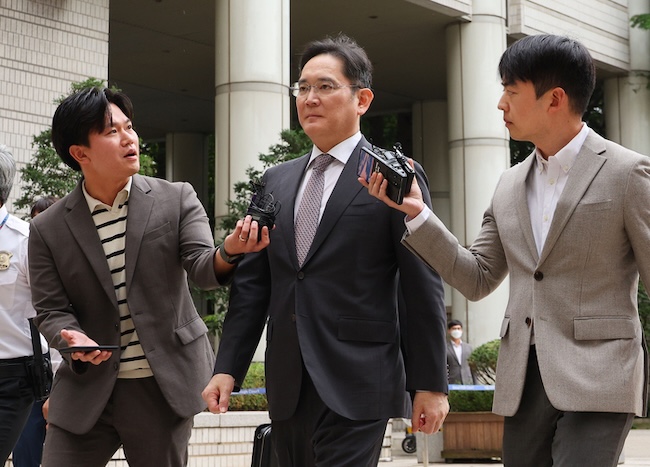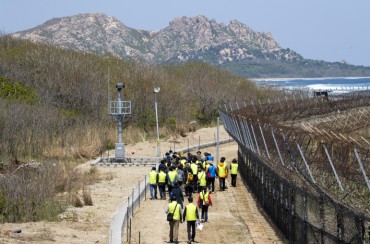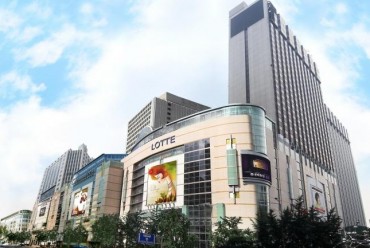SEOUL, Oct. 21 (Korea Bizwire) – In a rare admission of weakness, Samsung Electronics has acknowledged internal problems affecting its semiconductor business, marking a formal recognition of the crisis that has been brewing throughout the year.
The head of Samsung’s semiconductor division, Kyung Kye-hyun, expressed remorse for the company’s weakening technological competitiveness, conceding that the issues stem from within rather than from external market conditions.
Samsung now faces a dual challenge: in the short term, it must pass technical tests from Nvidia to allay market concerns, while in the long term, it needs to transform its organizational culture.
The market’s faith in Samsung’s future appears to be waning. In South Korea, a new term has emerged in the stock market: “Obosa,” meaning “buy when you see a 5 at the front of the stock price.” Foreign investors continued to sell Samsung shares on October 17, marking the 27th consecutive trading day of net selling, a record streak.
The Samsung Compliance Committee, a civilian watchdog group, has described the company’s current situation as being under siege from all sides. The committee has called for the return of Chairman Lee Jae-yong as a registered executive and the reconstruction of a control tower within the company.
Samsung’s troubles have been compounded by its failure to secure a contract with Nvidia for its HBM3E (High Bandwidth Memory) chips. The company disclosed in its earnings guidance that “the commercialization of HBM3E with major customers is being delayed compared to expectations.”
This setback comes as Samsung’s rival, SK Hynix, has already begun supplying 8-layer HBM3E products to Nvidia and has started mass production of 12-layer products for Nvidia’s latest AI accelerator, Blackwell.
Samsung’s dominance in the DRAM market is also under threat. According to market research firm TrendForce, while Samsung maintained its top position in DRAM sales in the second quarter with a 22% increase from the previous quarter, its lead over second-place SK Hynix narrowed from 12.8 percentage points to 8.4 percentage points.
To overcome these challenges, Kyung emphasized the need to restore the company’s fundamental technological competitiveness. The immediate issue facing Samsung’s semiconductor business is yield rates, which have been lower than those of competitors in both the foundry and HBM markets.
Samsung is now focusing on developing the sixth-generation HBM4, effectively conceding defeat in the race to supply HBM3E to Nvidia. This decision has been likened by industry insiders to “claiming to run before learning to walk.”
Critics point to a cost-cutting organizational culture as the root cause of Samsung’s current predicament. Former Samsung employees and industry observers argue that the company’s focus on short-term financial performance, driven by finance-oriented leadership, has come at the expense of technological innovation and quality management.
As Samsung grapples with these challenges, calls for accountability have intensified. The Samsung Compliance Committee has urged Chairman Lee to return as a registered executive to demonstrate responsible management and improve the company’s governance structure.
In response to the crisis, Kyung has pledged to “re-arm with a spirit of challenge rather than a defensive mindset” and to “examine and correct the organizational culture and working methods where necessary.”
Kevin Lee (kevinlee@koreabizwire.com)







